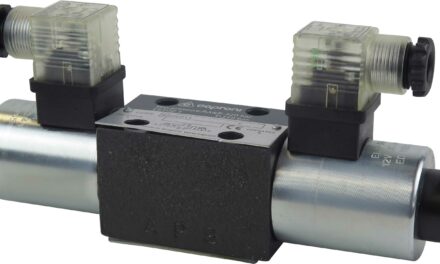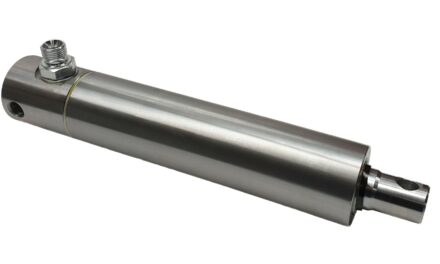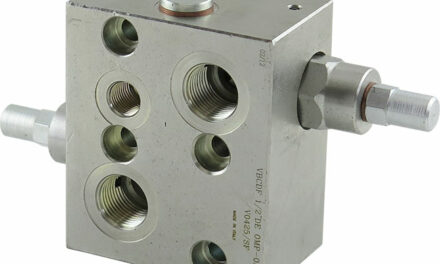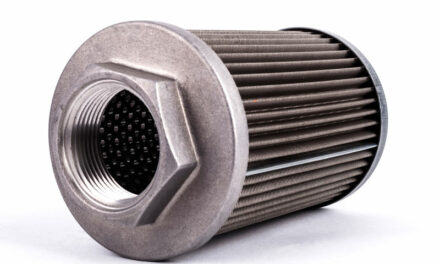Hydraulic cylinder – design
You want to calculate hydraulic cylinders? When dimensioning hydraulic cylinders, knowledge of the forces acting on the cylinder is a prerequisite. The calculations apply to both double-acting and single-acting hydraulic cylinders.
First, let’s consider the calculation of the piston and ring area of the hydraulic cylinder:
For the piston area applies:
![]()
For the bar side accordingly:
![]()
When calculating the piston forces, one must take into account the mechanical-hydraulic efficiency. Corresponding losses occur in particular due to friction at the sealing surfaces. The flow losses in the hydraulic cylinder are negligible.
Calculation of forces on hydraulic cylinders
The force for the extending piston is calculated as follows:
![]()
Where p1 is the pressure on the piston side, p2 on the rod side, A is the piston area, a is the annular area on the rod side of the hydraulic cylinder.
If the back pressure p2 is very small, the second part of the formula can be neglected.
The following formula is obtained for the retracting cylinder piston:
![]()
Efficiency hydraulic cylinder
For efficiency, note that pressure p on the piston side stresses only one piston seal, while pressure p on the rod side stresses both a piston seal and the rod seal. This results in different efficiencies for the piston and rod sides. The following values can be assumed here:
Efficiency piston side: ηK = 0.9 – 0.95
Efficiency rod side: ηS = 0.8-0.9
Hydraulic Cylinder Calculator
You want to design or calculate a hydraulic cylinder? Then simply use our hydraulic cylinder calculator!
Calculation of the piston area
Enter the piston diameter:
Calculation of the piston ring area
Enter the piston diameter and the piston rod diameter:
Cylinder volume during retraction and extension
Calculates the cylinder volume on the piston and rod side depending on the cylinder stroke.
Calculation of the push and pull force of a hydraulic cylinder
Specify the piston area(s), the pressure on the piston and rod sides, and the efficiencies. The pressure on the rod side can be neglected if the return pressure is very small.
Compressive force during extension
Compressive force during retraction
Calculation of the necessary piston diameter
at given force
This calculation does not take into account the back pressure. Enter the required force and the existing pump pressure:
Calculate hydraulic cylinder – travel speeds
Important criteria in the design of hydraulic cylinders are the travel speeds. The entry and exit speed is calculated as follows:
Extend:
![]()
Running in:
![]()
Where Q is the volume flow in l/min. The volumetric efficiency can be neglected in this case and thus set to η = 1.
The extension time of the hydraulic cylinder is then for a known stroke:
Calculation of the volume flow at a specified extension speed
Calculate the required pump volume flow here to obtain the desired cylinder extension time:
Calculation of hydraulic cylinders – Other
There are other criteria to be considered when designing hydraulic cylinders. Due to their design, which results from a large length compared to the diameter for the piston rod, hydraulic cylinders must also be calculated for buckling. The maximum permissible axial force for the cylinder is calculated taking into account the free kink lk and a safety factor S:
![]()
Thereby is:
- K4: Correction factor (often 1)
- E1: Modulus of elasticity of the piston rod material
- E2: modulus of elasticity of the cylinder body material
- I1: Moment of inertia of the piston rod
- I2: Moment of inertia of the cylinder body
- S: Safety factor (usually 1-3.5)
- lk: free buckling length
The type of fastening has a significant influence on the buckling length. It applies to the following load cases:

In some cases, there are separate regulations for special designs or special applications.






